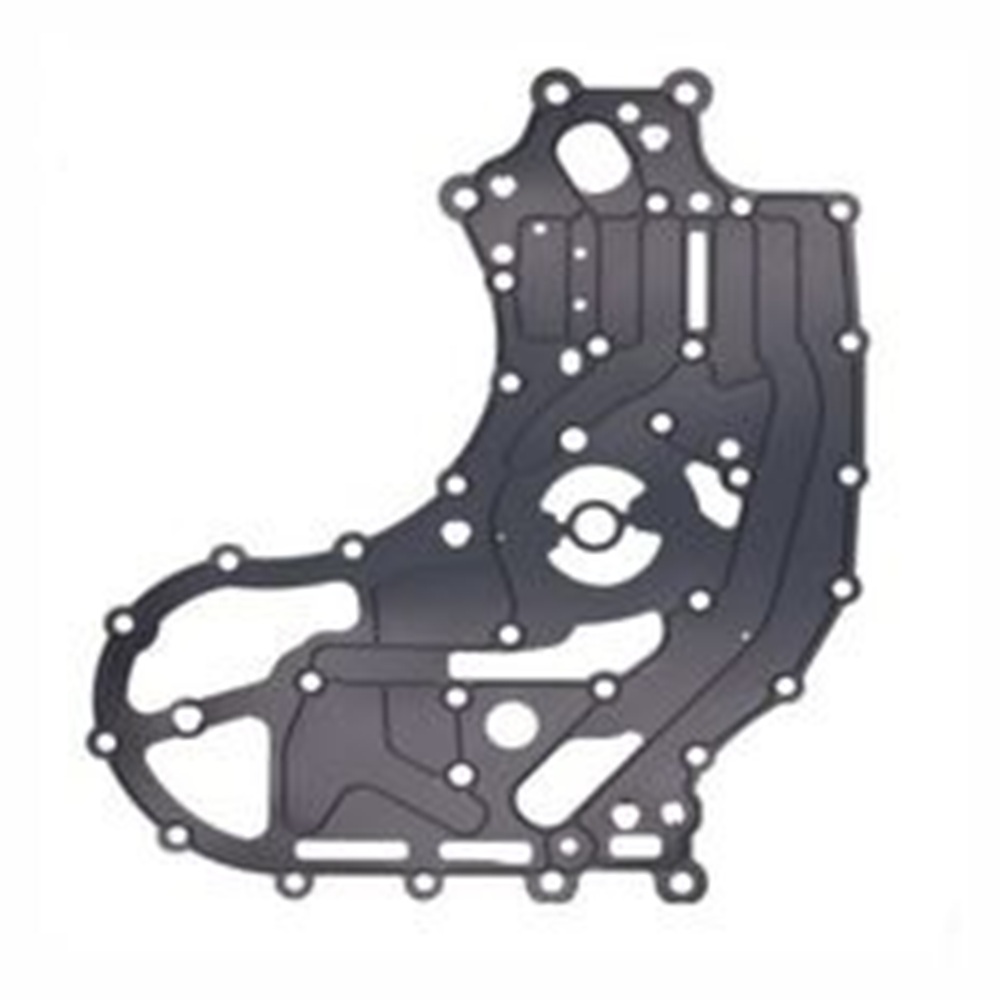
The global market for rheumatoid arthritis treatments is expected to grow at a CAGR of...
Learn More
Our consulting solutions address company specific challenges with respect to micro environment...
Learn More
Organizations frequently need day-today research guidancein order to gain strategic...
Learn More
Exploring different areas of market research and market analysis is a key factor...
Learn MoreAcute Market Reports presents the most extensive global business research services across industries. Our research studies focus on potential outcomes, benefits, and risks associated with each market segment across geographies. Having served our global clients for more than 10 years, our prime priority is to enable our clients in making well-informed business decisions through a data-driven, analytical, and uncomplicated research approach.
We provide access to the world's most comprehensive, analytical, and updated business intelligence services and solutions.




The robotic air purifiers market is expected to grow at a CAGR of 5.7% during the forecast period of 2025 to 2033. Robotic air purifiers represent a sophisticated blend of air cleaning technology and robotics, designed to autonomously navigate and pu...
Read More
The gypsum board market, a fundamental sector in the construction and interior design industries, is poised for strong growth with an expected CAGR of 12.5% during the forecast period of 2025 to 2033. The market is driven by the booming construction ...
Read More
The commercial vehicle retarder market is expected to grow at a CAGR of 5.1% during the forecast period of 2025 to 2033. Commercial vehicle retarder market is integral to the automotive industry, focusing on mechanisms that aid in controlling vehicle...
Read More




